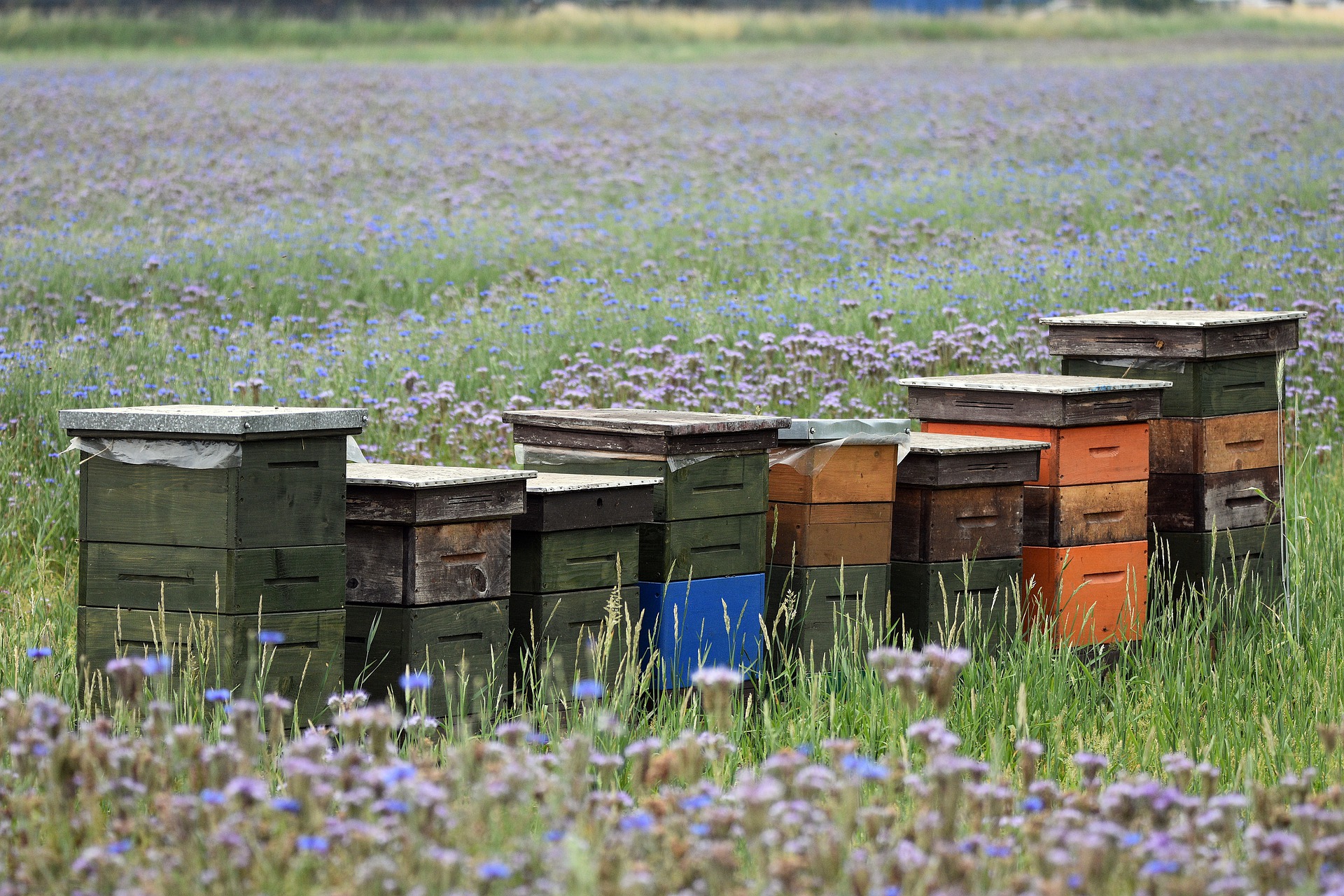In the previous eight chapters, we provided a wealth of information on various aspects of beekeeping. But to keep bees, you will need a hive. There are various ways to get one.
Beehives are usually made of wood and will last a long time if you take good care of them. A sturdy, well-maintained beehive will provide a safe home for the bee queen to lay thousands of eggs, which will be nursed by a team of female bees until they too become adult bees that can go out foraging for nectar and pollen.
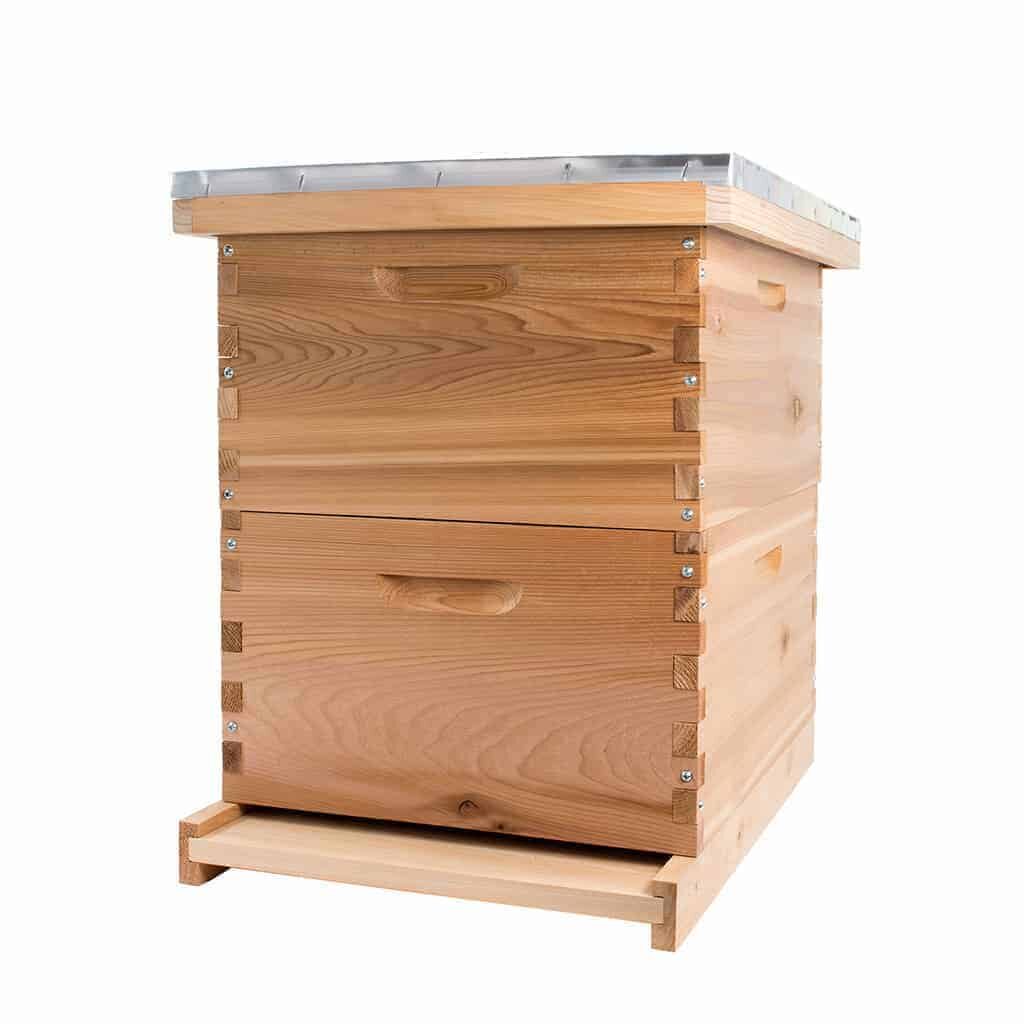
The Langstroth hive is the preferred type of hive used in South Africa. (Source: Pixabay)
In South Africa, the Langstroth hive is preferred. The key innovation responsible for the hive’s design was the discovery of bee space, which refers to a gap size of about 9 mm in which bees would not build a comb or fill it with propolis.
This bee space makes it possible for the modern beekeeper to examine his bees in their hive without destroying combs or baby bee larvae and eggs. Another advantage of this type of hive is that it can be extended by adding more super boxes on top to produce more honey. A disadvantage is that the boxes can be very heavy and difficult to move around.
What does a hive consist of?
A hive consists of several parts, each with its own function. It has a brood chamber, which is a deep box on a base and is fitted with either eight or ten vertical wooden frames. Each frame needs a sheet of wax foundation or at least starter strips of foundation that are covered with wax to assist the bees to start building the cells.
One or more super chambers can be added on top of the brood chamber.
The super chamber, which is shallower than the brood chamber, also includes eight or ten frames. You can add more super chambers on top. The cells on these frames will be filled with honey. Once the full cells are capped with wax, the honey is mature and can be harvested.
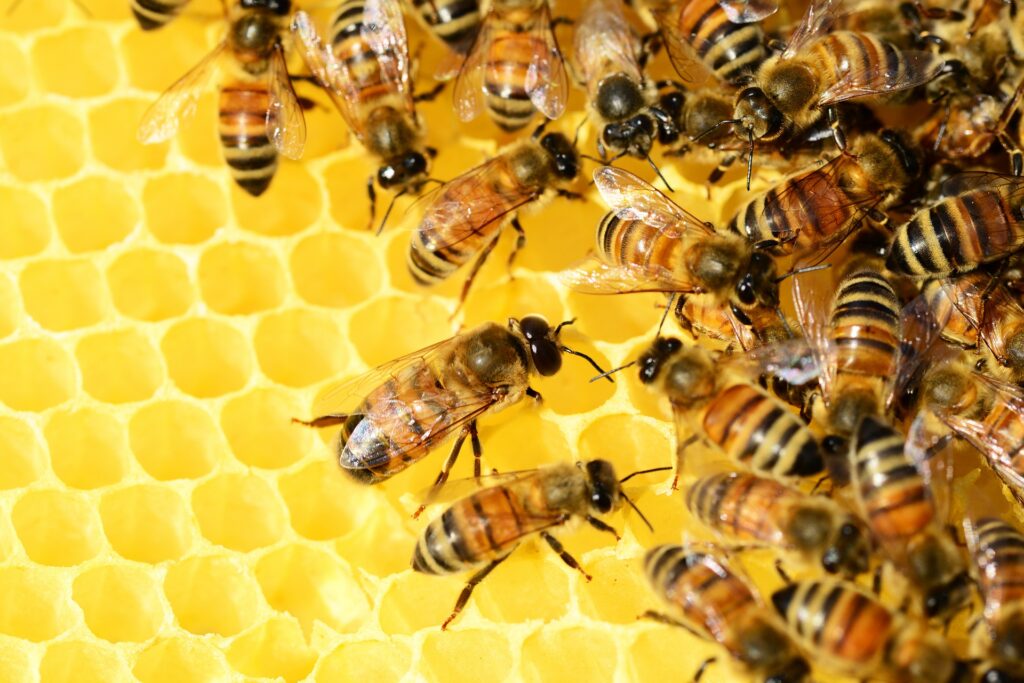
Bees fill the cells of the honeycomb with honey before capping it. (Source: Pixabay)
To keep the queen bee from laying eggs in the supers, a plastic or metal queen excluder can be placed between the brood chamber and super chambers. The worker bees, which are smaller than the queen, can move easily through the grids.
Pollen traps are sometimes used at the entrance of a hive to trap the pollen brought back to the hive after foraging. The pollen, which should be collected every day, can be frozen to be used as supplementary feed for the queen during lean times.
Remember that the pollen traps reduce the swarm’s pollen and as a result, they should not be left in a hive permanently or during lean times.
The hive is usually made of local pine wood, which is well-priced, readily available, and easy to work with. The hive must be treated inside and out to make the wood water-resistant as it will be placed outside where the elements and the sun will take their toll.
A hive should be put on a stand to keep it out of reach of badgers, rodents, and crawling insects. To prevent ants from robbing the hive, the stand can be painted with old motor oil. Hives should be placed in a partially shaded spot.
Acquiring a hive
There are different options for getting a hive. You can buy a used one, buy and assemble a kit, buy the wood and build your own hive, or buy a new one.
Used beehives
You can either beg or buy a used hive from another beekeeper. This will probably be the cheapest option, as you can negotiate a price and get some valuable tips from an existing beekeeper who has learned from his mistakes.
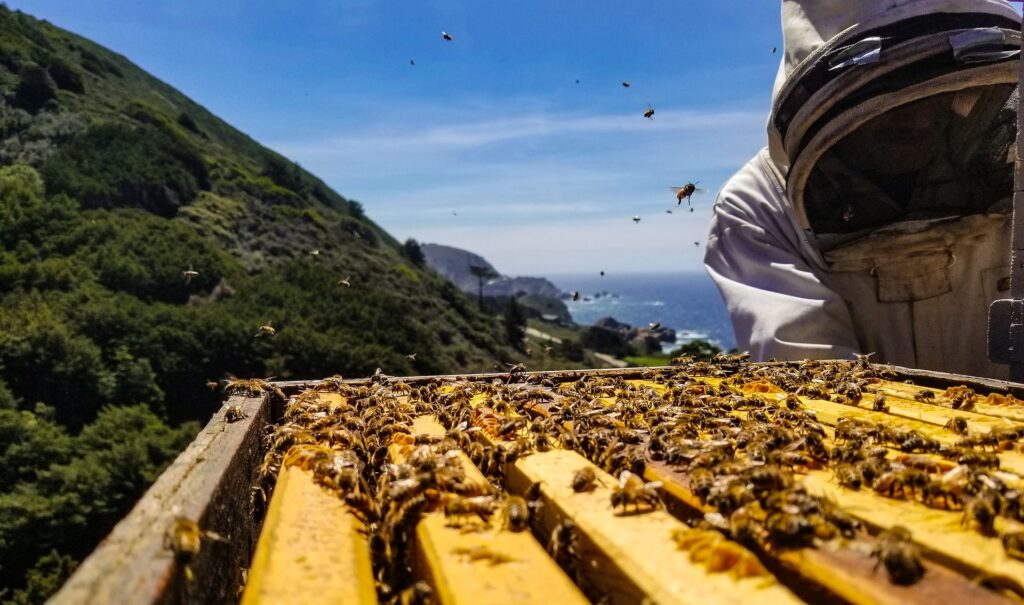
The bee space between the frames in the super can be clearly seen in this photo. (Source: Pixabay)
Be careful, though, a used beehive may introduce diseases to your new colony. It is vital to sterilise a used hive before attempting to introduce your swarm. The hive components can be treated with corrosive chemicals such as hypochlorite and acetic acid, torched or irradiated. In South Africa, all hives may be irradiated or dipped in very hot Waksol or paraffin wax to protect the wood.
Building a beehive
If you know how to follow instructions and assemble something, and you have basic woodworking tools and skills, you can buy a kit and build your own hive. Full instructions and or a video showing you how to do the assembling will be included in the kit. Prices vary, but usually, an imported kit, which you can find on Amazon, will be more expensive than a locally sourced one.
You can also buy the wood and assemble your own hive, but for this, you need proper woodworking equipment and advanced skills, as the measurements must be exact, or the joints won’t seal tightly. It must also conform to the bee space mentioned above. Using the right type of wood, good-quality materials, appropriate tools, and accurate measurements will give you a strong, durable, and high-quality hive.
The measurements for a Langstroth Hive are available on the internet. Check the source below. Langstroth hives are made of local pine wood, but marine plywood, which is more durable than normal plywood, is also used.
Buying a new beehive
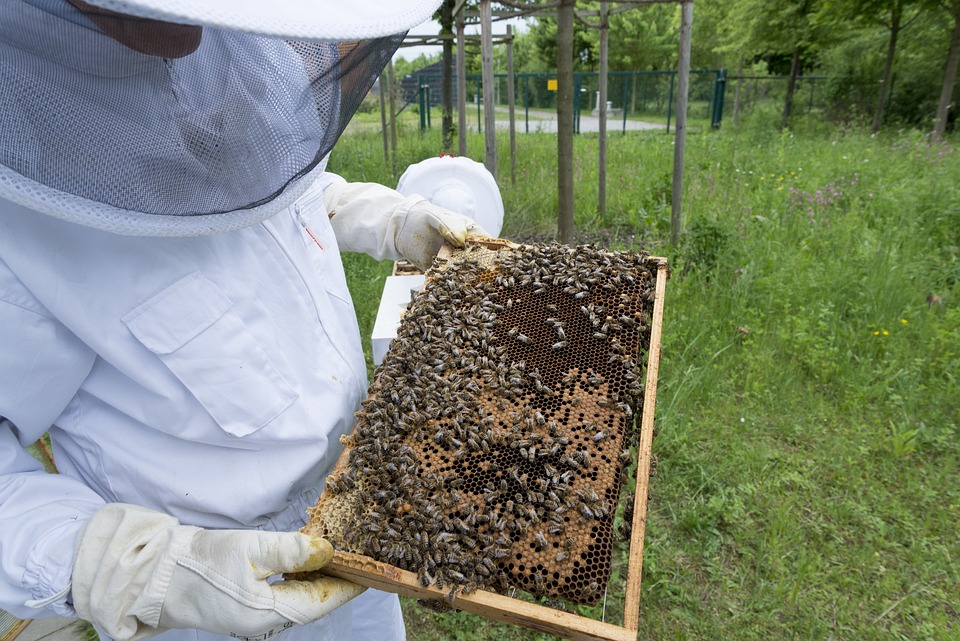
The super frames can be pulled out for inspection. (Source: Pixabay)
If you are not up to assembling a kit or building your own hive from scratch you can just buy a new one.
Concrete beehives and composite plastic hives are alternative options as they are very durable, but they could be quite expensive. Hives moulded from recycled plastic are a green option.
There are several beekeeping stores where you can purchase your hive and other equipment online. New hives are expensive, but with good maintenance, they can last a long time.
You can find new and used hives and other equipment for sale on Google, but once again, make sure you rather find a local supplier. Several South African bee companies and agricultural suppliers Provide the equipment you need.
Keeping it local
You can join a beekeeping group on Facebook where you will find not only hives for sale but also interesting information on beekeeping. Facebook beefriends are usually keen to share their knowledge, but it is better to check the facts with another source – you do not want to repeat a well-meaning neighbour’s mistake or spread a myth.
Google is a wonderful source of information, but it generally refers to European bees which are less aggressive, use larger cells in their combs and need to survive in a totally different climate.
In Part 10 we will discuss the harvesting, bottling, and marketing of honey, as well as the formal structures and legislation for beekeeping in South Africa.
References
Anderson, R.H., Buys, B., Johannsmeier, M.F. (2014). Byeboerdery in Suid-Afrika. Department van Landbou-tegniese Dienste Bulletin no. 394, 1978. Hersiene uitgawe.
Detailed Look at the Langstroth Beehive (2023). PerfectBee https://www.perfectbee.com/yourbeehive/beehives-and-accessories/langstroth-beehive-in-detail
Holly (2021) Parts of a Beehive and Langstroth Beehive Measurements. Complete Beehives http://completebeehives.com/langstroth-beehive-measurements/
How to build a Langstroth beehive. (2023) BeekeepClub. https://beekeepclub.com/how-tobuild-a-langstroth-beehive/
Louw, M. (2023) Beehives for New Bee Farmers
https://southafrica.co.za/beehives-for-new-bee-farmers.html

